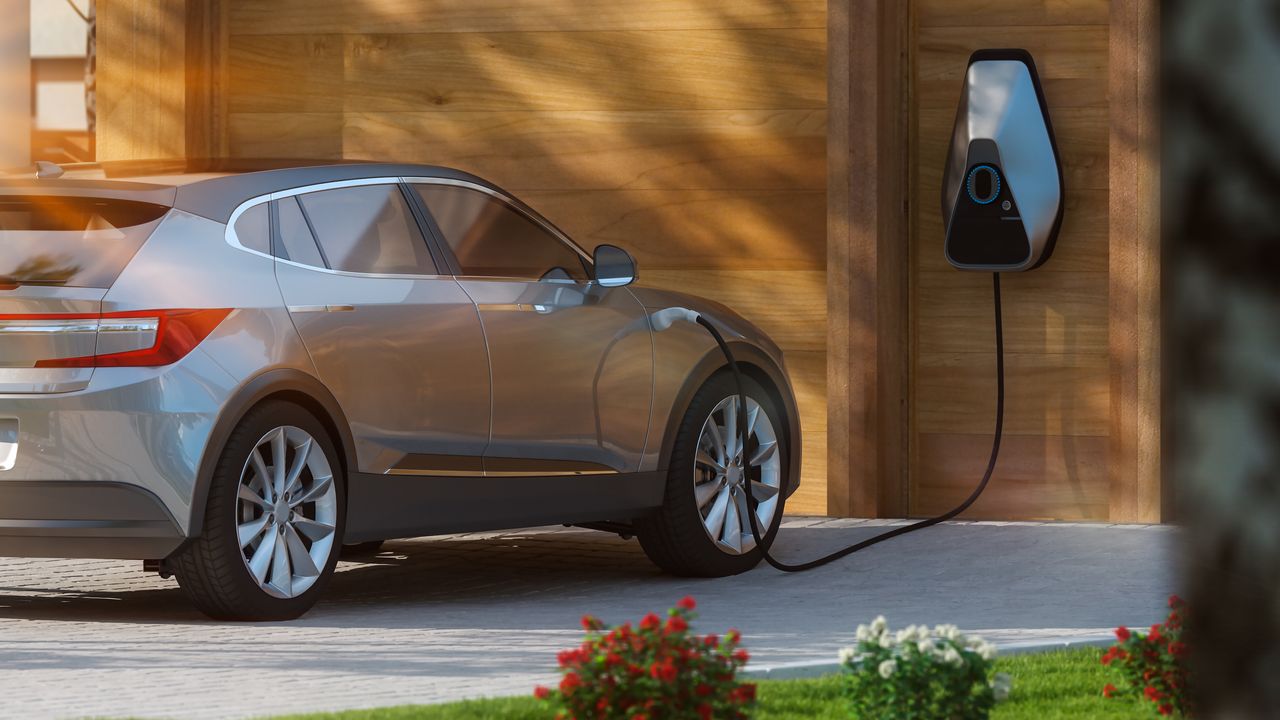Electric Vehicle Charging at Home: Options and Considerations
As electric vehicles (EVs) become increasingly popular, it’s important for EV owners to have a convenient and reliable way to charge their vehicles at home. In this blog post, we will explore the various options and considerations for electric vehicle charging at home, including charging regulations, charging equipment, and charging costs.
Charging Regulations
Before installing an electric vehicle charging station at home, it’s crucial to familiarize yourself with the local charging regulations. Different regions may have specific requirements or permits for home charging stations. It’s recommended to check with your local authorities or consult an electrician to ensure compliance with all applicable regulations.
Charging Equipment
When it comes to charging equipment, there are two main options for home charging: Level 1 and Level 2 chargers.
Level 1 Chargers
Level 1 chargers are the most basic and affordable option for home charging. They use a standard 120-volt household outlet and typically come with the electric vehicle. While Level 1 chargers are convenient for overnight charging, they have a slower charging rate compared to Level 2 chargers.
Level 2 Chargers
Level 2 chargers provide faster charging times compared to Level 1 chargers. They require a 240-volt circuit and are typically installed by a professional electrician. Level 2 chargers offer greater convenience for EV owners, especially for those who frequently drive longer distances or have multiple vehicles.
Charging Cost
One of the key considerations for electric vehicle charging at home is the charging cost. The cost of charging an EV at home depends on various factors, including the electricity rate, charging equipment efficiency, and the vehicle’s battery capacity.
It’s important to check with your electricity provider to understand the rate structure for charging your EV. Some providers offer special EV charging rates, which can significantly reduce the overall cost. Additionally, investing in a Level 2 charger can be more energy-efficient compared to Level 1 chargers, resulting in lower charging costs over time.
Considerations for Installation
When installing a home charging station, there are a few considerations to keep in mind:
- Location: Choose a location that is easily accessible and close to your parking spot. Consider factors such as weather protection and the length of charging cables.
- Power Capacity: Ensure that your electrical panel has sufficient capacity to handle the charging equipment. Upgrading the electrical system may be necessary in some cases.
- Professional Installation: It’s highly recommended to hire a professional electrician for the installation to ensure safety and compliance with electrical codes.
Conclusion
Electric vehicle charging at home provides convenience and flexibility for EV owners. Understanding the charging regulations, choosing the right charging equipment, and considering the charging costs are essential steps in setting up an efficient home charging system. By following these guidelines and consulting with professionals, you can enjoy the benefits of electric vehicle ownership while minimizing the hassle of charging.
